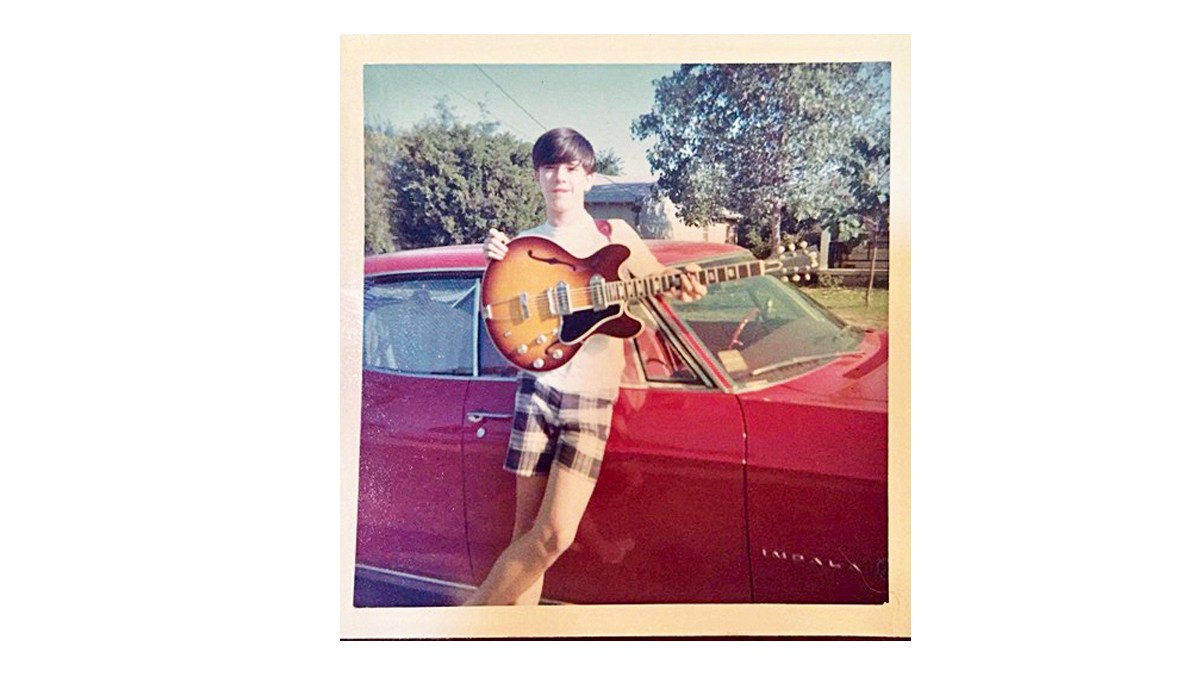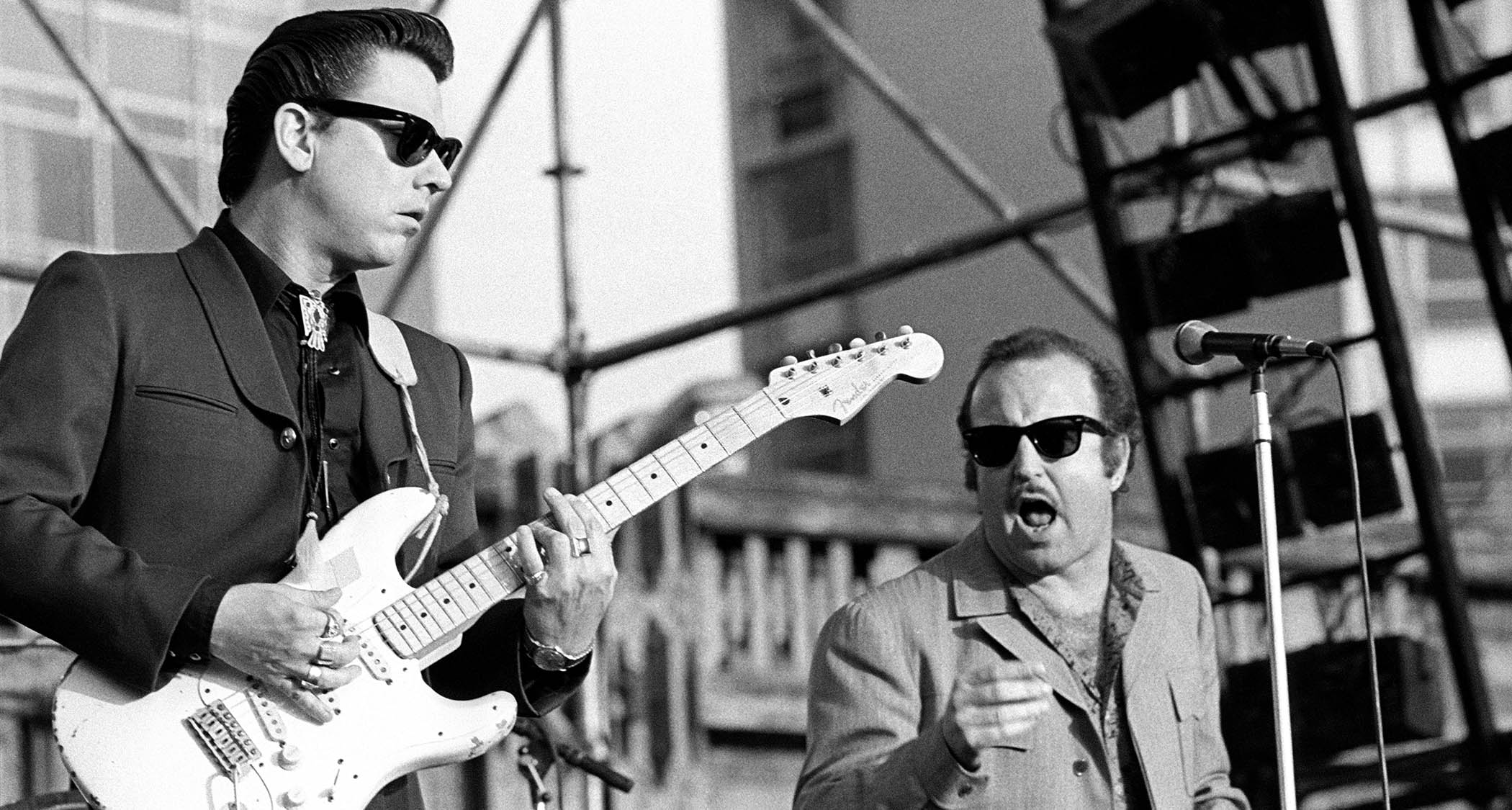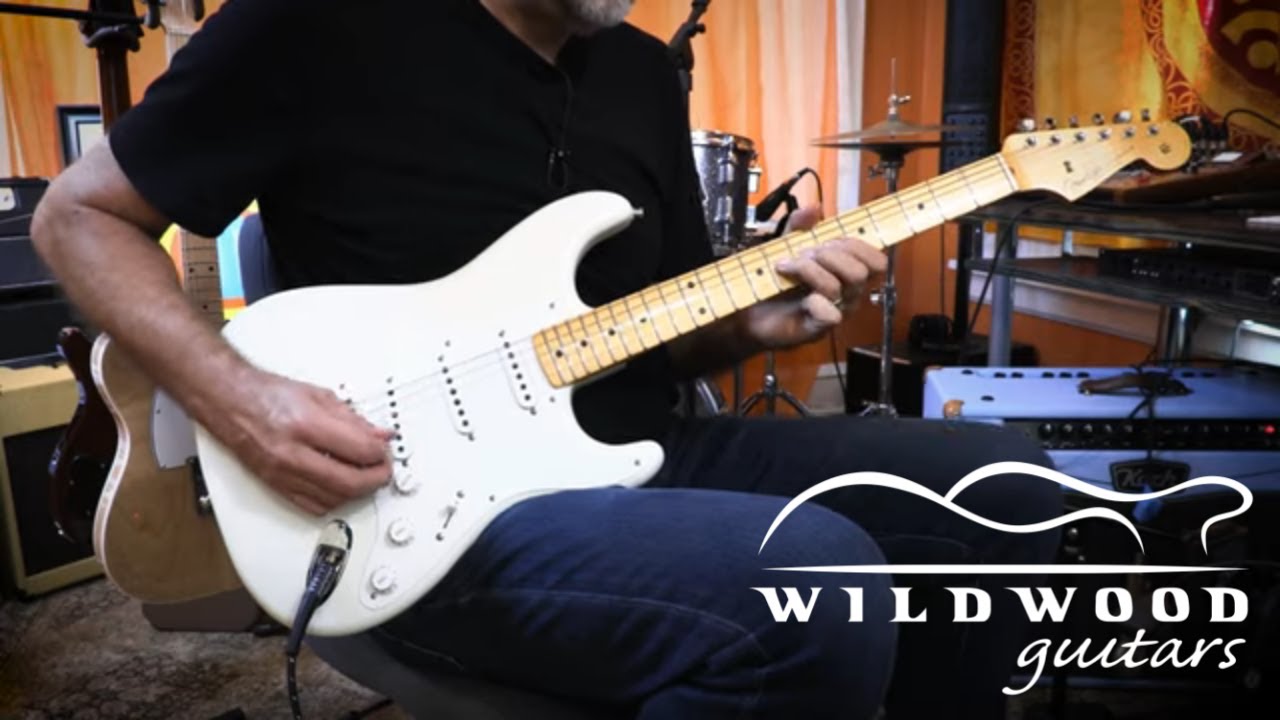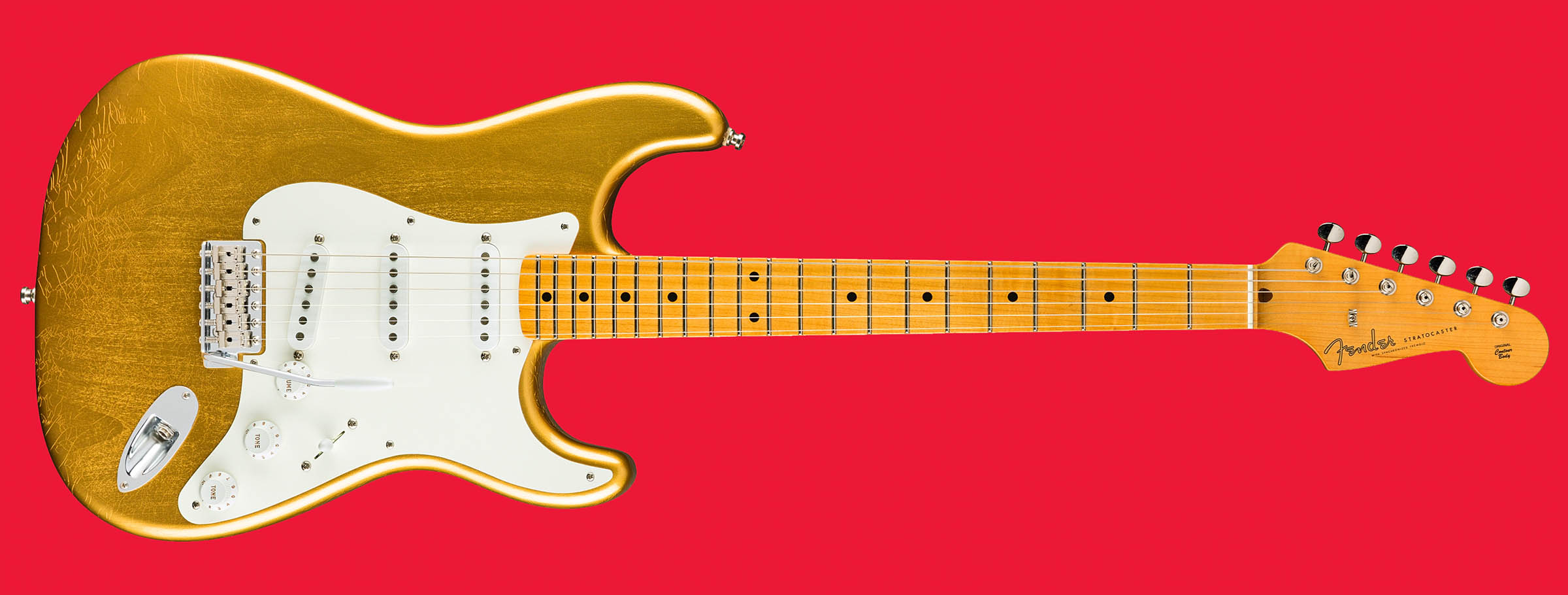
Texas blues veteran Jimmie Vaughan has been on the road for the best part of 60 years. It took two major health scares to temporarily derail his schedule at the start of 2024, but within months he was back on stage, opening for Eric Clapton.
Speaking to GW from his home in Texas, with the sound of his chickens in the background, Vaughan was upbeat about the state of his health. “I feel fabulous – I’m doing really good, and I’m planning my next album now that I’ve got a little time off the road.”
Vaughan’s most recent albums have seen him cover obscure blues classics, but that seems set to change.
“I’m always thinking about cutting a record of original material. I get up every day, think of ideas and write them down. I’ll probably still throw in a few of my old favorites. In the end I just want to play what I like and what flicks my switch.”
Vaughan still has most of the guitars he’s ever owned way back from when he started, and he had no hesitation in nailing down the three most important guitars in his collection.
Gibson ES-125T ¾ (1957)

“This was my first electric, so I guess that makes it pretty special. My dad bought this for me for 50 bucks from one of my relatives. I don’t know whether he factored in the fact that it was a three-quarter-sized model when he bought it, but it was a little easier to get around on as a kid.
“My dad knew a lot of guitar players, and they’d come around to our house on a Saturday night and plug into amps. That was what made me want to play. I don’t know what I would have picked myself, given a choice, but I was happy to get this guitar.
“Although it was smaller than the full-sized version, the body depth was about the same, which was quite slim. It had a fantastic single P90 in the neck position. It was made in 1957, though I got it in 1964 when I was 12.”
Jimmie Vaughan,Gary Clark Jr. Eric Clapton – Sweet Home Chicago (Eric Clapton’s Crossroads 2023) – YouTube

Watch On
“After this guitar, my dad bought me a sunburst Gibson ES-330 from Arnold & Morgan, which was a great music store in Dallas. I used that when I started to play shows six nights a week at the Hob Nob Room in Dallas. At that point Stevie started playing the ES-125.
“A friend of mine’s dad had a Tele that he’d loan to me, so that made me want to get one myself. I got a ’51 Nocaster from Arnold & Morgan for $175. I did use that for quite some time before I got my first Strat, a sunburst ’57. I used that for a lot of the first Fabulous Thunderbirds album.
“I gave the Nocaster to Stevie; at first I’d catch him playing it, even though I’d told him not to, and then I realized I wasn’t really playing it anymore. He played it for a year or two, then he sold it; years later it turned up at an auction and someone paid a million dollars or something for it.”
Fender Stratocaster (1963)
“I bought this off Bill Campbell [An Austin, Texas blues scene fixture in the Seventies] for about $150. The body is from a ’63 Strat, but the neck is one Bill gave to me, so I guess it’s kind of a ‘parts’ guitar. It was really put together by Charley’s Guitar Shop in Dallas and René Martinez, who was a fantastic guitar tech.
“I’d wanted a white Strat for years; it felt like it was unobtainable when I was a kid. I remember seeing Gene Vincent and the Blue Caps in an old movie, and they all had white Strats with the maple neck. I just thought it looked better than the dark rosewood, so I replaced it.
“I know there are people who think it makes a big difference to the sound, but I really don’t think it does. I know Stevie always sounded the same whether it was a rosewood or maple neck.”

“This guitar spent a lot of time on the road. René was a fantastic tech, and he did a ton of maintenance on this guitar. He worked with Stevie a lot. When the T-Birds and Stevie were on tour together, there were a couple of occasions where he re-fretted my guitar and Stevie’s Strat between the soundcheck and the show.
I’ve never had a guitar stolen, or sold one that I regretted, which is a fortunate position to be in when you’ve spent as long on the road as I have
“I used this on every T-Birds album after the first one, and I guess it’s the one people probably most associate me with. It’s in the Grammy Museum touring exhibition, along with Stevie’s Number One Strat. I hope they’re taking good care of it. [Laughs]
“No – they’ve always been careful with things I’ve loaned them. I’ve never had a guitar stolen, or sold one that I regretted, which is a fortunate position to be in when you’ve spent as long on the road as I have. I’ve got everything I’ve ever had that I was bothered about – they’re all safe.
“Fender made some Custom Shop models based on this one. They’re so accurate that I can’t tell them apart, even down to the pin-up girl on the back. People wonder why she’s upside down, but when I play the guitar behind my head, she’s the right way up.”
Fender Custom Shop Signature Strat (2022)
Fender Custom Shop Jimmie Vaughan Stratocaster • Wildwood Guitars – YouTube

Watch On
“I have three Custom Shop Strats that I take on the road. The Olympic White is my favorite, but I also take a two-tone sunburst and a gold one on the road; that’s the three colors they make them in, and they are actually my three favorite colors for a Strat.
As much as I love Strats, if I’m sitting at home watching TV or something, the guitar I’m most likely to grab is one of my old Gibson ES-5s
“I had them modify the wiring from a regular Strat; the middle pickup is reverse-wound, which gives a kinda different tone. Mike Lewis from the Fender Custom Shop – who sadly passed away in March last year – used to send me a bunch of different necks and I’d switch them around on the guitar to see what worked. He was real collaborative and would make sure every detail was exactly as I wanted it.
“Basically, though, the necks are patterned after the one on my old white Strat. I used to happily play my regular [signature Fender] Tex-Mex Strats on tour, but these new custom shop models pretty much nail down everything I’m looking for in a Strat, so I guess it’s even more a case of where I could just pick one up in a store and go do a show.”

“I guess the only difference is that I would put flatwounds on them, which people often think is a strange thing to do on a Strat, but as I always say, the first Telecasters came with flatwounds. They don’t buzz like roundwounds, they last forever and actually seem to sound better the older they get. I started using them in the Nineties; I have my own gauge custom wound with a 10.5 on the top E.
“As much as I love Strats, the way they sound, the way they look, and the whole cool vibe, if I’m sitting at home watching TV or something, the guitar I’m most likely to grab is one of my old Gibson ES-5s.
“I have a few early Fifties models in sunburst, but my favorite is a blonde model from 1951 that looks like the one T-Bone Walker used to play. With the signature Strats and the ES-5s, I guess I’ve got all I need; if I go in the studio, I know what I’m going to use.”



